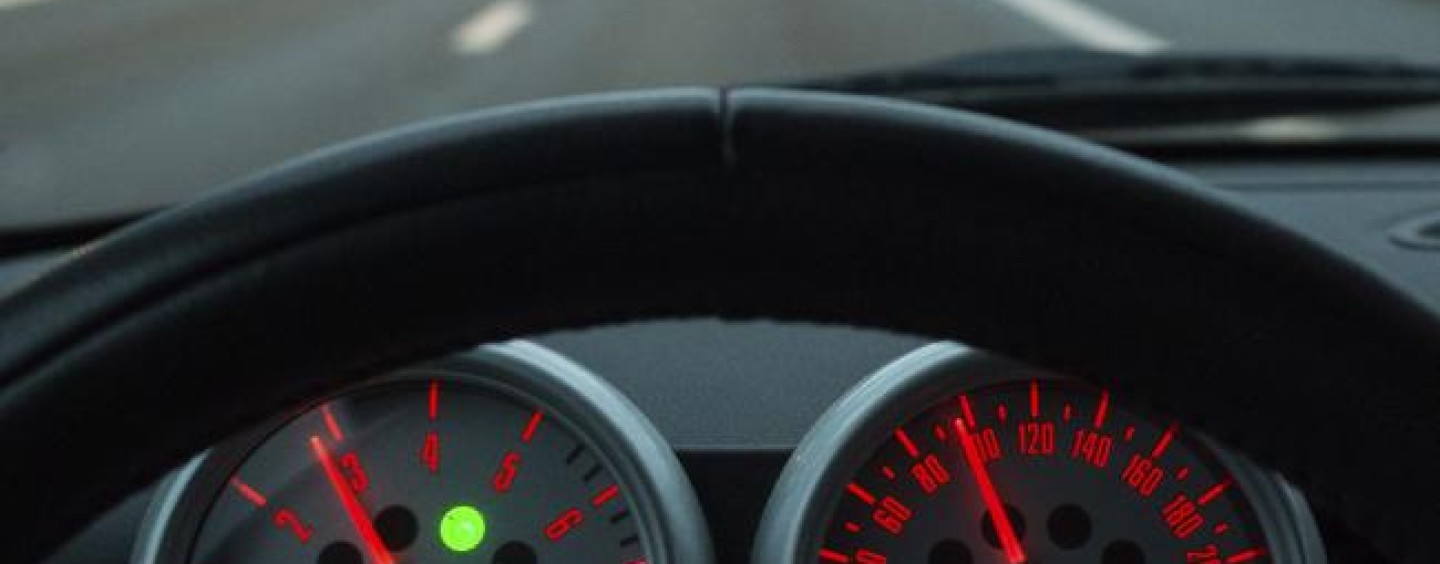
Forget speed limits, let’s get in the fast lane
LAST year NSW Roads Minister Duncan Gay made headlines when he announced that he would consider raising speed limits on the Pacific and Hume Highways.
I wrote to him recently asking for clarification, and he wrote back confirming he has no plans to trial higher speed limits anywhere or reconsider the current policy.
So it was all just a thought bubble.
It seems Mr Gay and the policy makers who advise him believe nothing has happened in the past 50 or 60 years that would justify reconsideration of Australia’s highway speed limits.
The rest of the world has a different view. In Italy, for example, the speed limit on motorways is 130km/h but was raised in 2003 to 150km/h on three-lane motorways with an emergency lane. When it’s raining, the limit drops to 110km/h.
The motorway limit in France is 130km/h and similarly falls to 110km/h in rain. On German autobahns there is either no speed limit at all or a limit of 130km/h applies.
Since our speed limits were set, the safety of vehicles has improved a great deal. They stop far more quickly and safely, handle much better and have many new safety features.
Moreover, the design and quality of many of our roads has improved dramatically.
But, just like our grandparents, we continue to trundle around our huge continent subject to a speed limit devised by some anonymous genius at a time when Ford Zephyrs and FJ Holdens were all the rage.
With the notable exception of the Northern Territory, our state governments appear determined to frustrate drivers on open roads and foster confusion in towns and cities with irrational, inconsistent and annoying speed limits.
It is no wonder the overwhelming majority of drivers, when anonymously surveyed, admit to breaking the speed limit from time to time.
Drivers are also well aware that one of the main reasons for our low speed limits is the revenue they raise from fines.
If most drivers were happy with the speed limits, speeding would be far less prevalent and far fewer drivers would run foul of speed cameras and other speed traps.
There is even a tried and tested method, internationally recognised, of setting speed limits with which most drivers are happy.
Known as the 85th percentile method, it involves monitoring speeds at which drivers travel during a period when no limits are imposed, then setting the limit at the speed at which 85 per cent of drivers travel.
It relies on the fact that most drivers are prudent and want to reach their destination without undue risk, and that those outside the 85th percentile are far more likely to be involved in accidents.
In aggregate, it also reflects the community’s view of the appropriate trade-off between convenient travel times and the risk of accidents.
As much as Mr Gay may have thought bubbles about speed limits, in reality our road policies are subject to the control of unelected bureaucrats and those who call themselves public health professionals.
No sooner had Mr Gay let the media know that he was thinking about raising speed limits, a group known as the Australian Roads Assessment Program announced that not a single kilometre of road in NSW was suitable for a modest increase in the speed limit to 120km/h.
The absurdity of that ought to have been obvious, but the outcome suggests otherwise.
Setting speed limits according to what the community considers to be appropriate would have many benefits.
It would improve the experience of drivers, restore relations with law enforcement and reduce the tedium of long distance travel.
But it will take more than a thought bubble to achieve.
From The Daily Telegraph, 18 February 2016.





